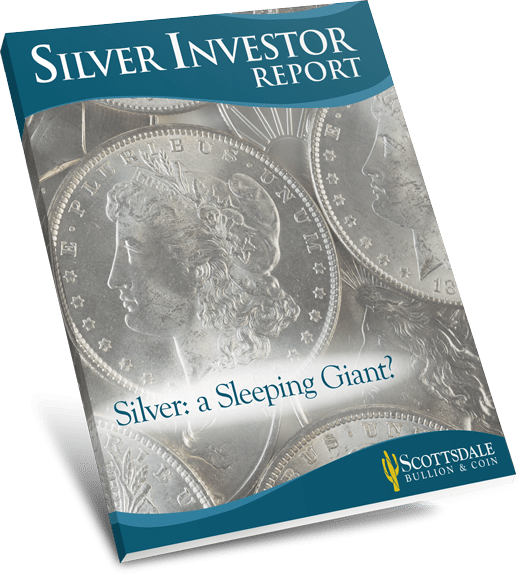“The spot price for gold and silver is determined by futures contracts being traded back and forth.”— Precious Metals Advisor Todd Graf
There’s a lot of confusion surrounding the spot price and physical price of gold and silver, as well as other precious metals. Many investors are wondering why there’s a difference between these price indicators and how it should impact their investing strategies.
As with all forms of investment, knowledge is vital for making informed and financially-sound decisions. Watch the video to hear Sr. Precious Metals Advisor Steve Rand and Precious Metals Advisor Todd Graf explain the relationship between the spot and physical prices of precious metals.
What is the spot price for metals and how is it determined?
Gold prices are determined by many factors, but the physical price of precious metals is pretty straightforward. Conversely, understanding the spot price of gold is a little trickier. In short, the spot price for gold, silver, and other precious metals is determined by futures contracts which are simply agreements to buy or sell a commodity asset at a predetermined time in the future.
Another way to think about the live spot price of gold and silver is the value of these precious metals in financial markets. It’s important to note that investors trade paper metals on the markets which aren’t backed by any physical precious metals. Rather, these paper assets offer exposure to the price action of gold without requiring an investor to hold physical metals.
👉 Suggested Reading:
Why is there a difference between the spot price and physical price of gold?
Even with a clearer picture of what separates the spot price of precious metals from the physical price, you’re probably still wondering why there’s a price difference between these metrics. Many investors who trade futures contracts – paper that represents gold and silver – don’t end up converting those assets into physical metals.
As a result, more paper assets are being shuffled around between traders than their physical counterparts. When you consider the fact that banking institutions and other big players tend to focus on trading paper metals, the gap between these assets is clearer. This trading discrepancy explains the price differential between the spot price and physical price of gold.
The separation between the spot price and physical price could go higher.
Generally speaking, large investors such as banks prefer trading paper metals over physical gold and silver, but the troubling economic situation is starting to turn the tides. More and more entities are gobbling up the limited supply of physical gold and silver in anticipation of worsening market conditions.
In fact, the U.S. Mint recently reported the strongest gold bullion demand in 23 years. As a result, suppliers are running short on many gold and silver products which makes it harder for retail investors to get their hands on gold and silver coins, gold bars, silver bars, and other physical items. The growing demand and supply disruption are causing a greater schism between spot and physical prices.
Don’t wait to buy gold. Buy gold and wait.
Economic pressures such as rising inflation and the devaluing of the dollar are forcing people out of greenback-linked assets and into inflation-proof commodities like precious metals. This modern-day gold rush on the limited supply of physical metals is resulting in shortages, supply disruptions, and a difference between spot and physical prices.
Investors should get their hands on physical precious metals before the worsening economic crisis further limits product availability. It’s always smarter to buy gold and silver wait than waiting to buy gold and silver. Learn everything you need to know about buying gold and silver by requesting our FREE precious metals investment guide today.




